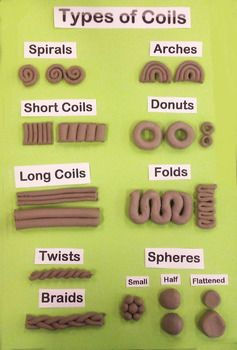Globalization & Artists' Practices
- TheArtofMrsCastaldi

- Mar 8, 2019
- 3 min read

Marshall’s writing segment Globalization and Contemporary art addresses the concept of layering as a strategy within the contemporary art world. The readings covered the work of artist Saira Wasim who used her childhood experience from a volatile neighborhood in Pakistan as inspiration for creating a strong political and transformative piece, New World Order. According to Marshall, “contemporary artists who use this strategy (layering) often come from places with strong iconic traditions that they can naturally use”.
Another contemporary piece that uses the concept of layering as a strategy is Song Dong’s Waste Notinstallation piece. Waste Not has been shown on numerous continents at various distinguished museums. Hong Song’s installation art is a working piece---i.e., the layouts may differ depending on the space given and the exhibit space, and were inspired by his childhood upbringing through the traditions and practices of his mother. Although artist Song Dong’s mother may have indiscriminately hoarded, we however can relate to the thousands of domestic items within a well-lit space that remind the viewers of our own life experiences. Song Dong enables the viewer to weave through the masses of recycled, treasured, and symbolic items within his exhibit.
According to Marshall, another strategy of contemporary artists is to instill a certain type of meaning into materials. The reading focuses on sculptors, such as Wang Jin and Do-Ho Suh, who experiment with a variety of different materials to find a new meaning. Indeed, this experimentation often charts a nuanced path of creating art in a manner that the usage of that very medium plays a huge role in the underlying message. For example, Sculptor Wang Jin’s A Chinese Dream was a sculptural work that reinterpreted the concept of the Chinese opera through his ornate plastic costumes that cajoles the viewer into a dream-like, ethereal state. It is the melted plastic that transmutes the traditional norms associated with the Chinese opera.
Another contemporary piece that evokes meaning through the materials that she uses in her art is Kara Walker’s A Subtlety—a sculptural piece and exhibition that filled a warehouse in 2014. Kara Walker was inspired to create the large-scale sugar cane sculpture within an old abandoned sugar warehouse that was projected to be torn down. Walker created a sphinx-like character that represented the past slave-trade and the repercussions and anger that families are still feeling today. It was the sugar that elicited, if not crystallized, the intense message associated with the painful effects of the slave trade and the cash crop (sugarcane) that incentivized the perverse practice.
Through the concept of globalization, contemporary artists are able to capitalize on the “easy universal tourism, artist mobility (grants and residencies), and the explosion of information technologies (books, the Internet, movies) that have made images from all cultural traditions part of a global visual cultural experience and, therefore, part of our shared human image bank”. Two contemporary artists that have used the advancement of social media to spread their body of work are Alec Monopoly, and Banksy. Both of these artist have an array body of work that became household names amongst all of my third, fourth, and fifth grade students since their high infiltration at both Art Basel and Spectrum this past season.
Garoian, C. R., & Gaudelius, Y. M. (2009). Transnational visual culture: Indecipherable narratives and pedagogy. In E. M. Delacruz, A. Arnold, M. Parsons, and A. Kuo, (Eds.), Globalization, art, and education (pp. 142-150). Reston, VA: National Art Education Association.
Marshall, J. (2009). Globalization and contemporary art. In E. M. Delacruz, A. Arnold, M. Parsons, and A. Kuo, (Eds.), Globalization, art, and education (pp. 88-96). Reston, VA: National Art Education Association.
Wang, Y. (2009). Sculpting the sky: The art and culture of Weifang International Kite Festival. In E. M. Delacruz, A. Arnold, M. Parsons, and A. Kuo, (Eds.), Globalization, art, and education (pp. 41-46). Reston, VA: National Art Education Association.


Comments